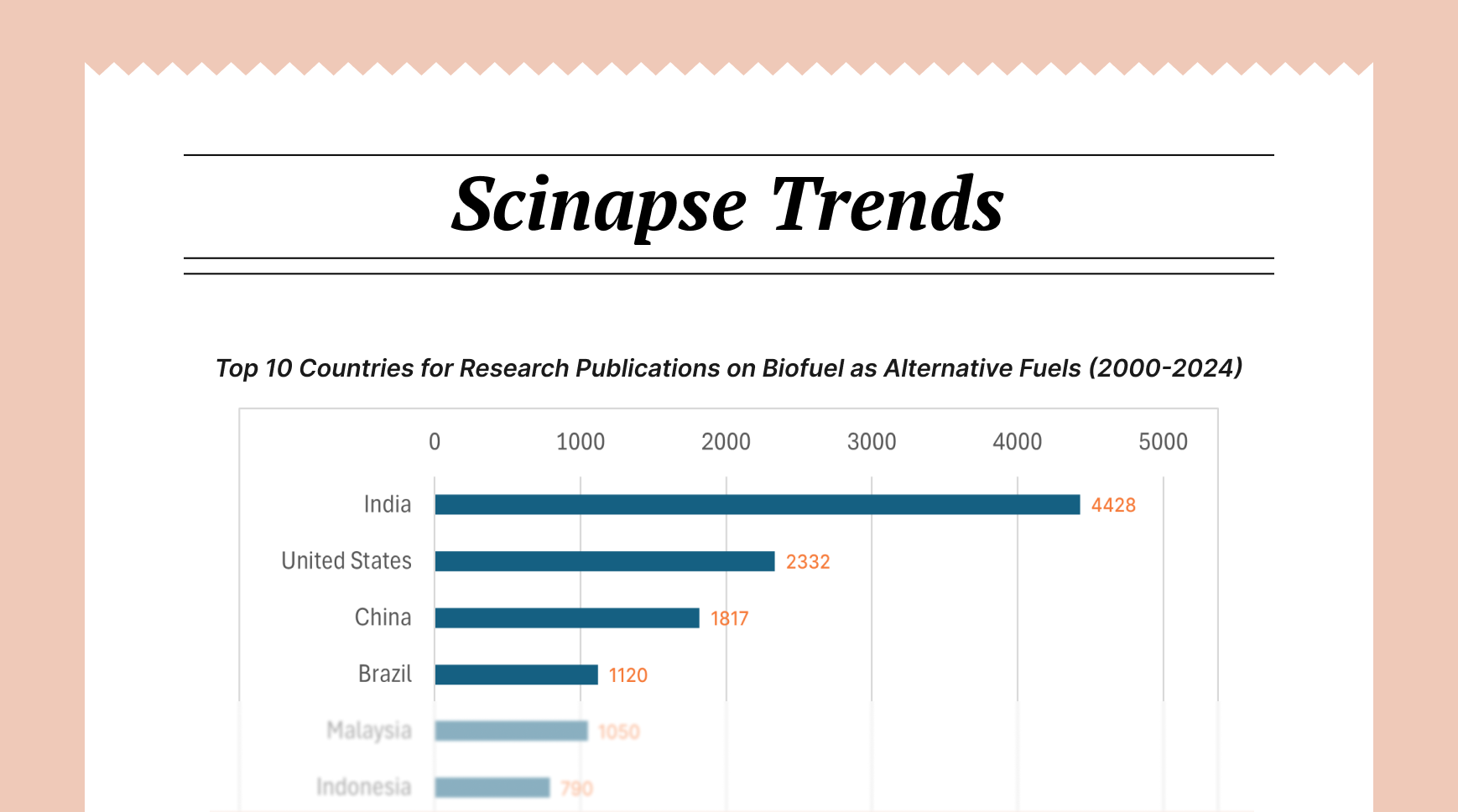Conducting Systematic Literature Reviews - Protocols and Best Practices

Systematic literature reviews (SLRs) are imperative across diverse fields, from healthcare and education to social sciences and engineering. Unlike narrative reviews, SLRs adhere to a pre-defined protocol and employ systematic methods to identify, select, appraise, and synthesize all relevant research addressing a specific question. This comprehensive approach minimizes bias and provides a robust foundation for evidence-based decision-making. This article delves into the essential protocols and best practices for conducting and writing high-quality systematic literature reviews, offering a detailed roadmap for researchers seeking to illuminate the evidence landscape.

Developing a Comprehensive Protocol for Systematic Literature Review
A well-conducted SLR involves the development of a detailed and transparent protocol before commencing the review process. This protocol serves as a blueprint, outlining the methodology and ensuring a systematic and unbiased approach. Key elements of a robust protocol include:
1. Defining a Clear and Answerable Research Question
- Specificity: The research question should be clearly defined and focused, often using the PICO (Population, Intervention, Comparison, Outcome) framework for intervention reviews or similar frameworks for other types of questions (e.g., PECO for exposure, PICOS for prevalence).
- Measurability: The outcomes of interest should be clearly defined and measurable.
- Relevance: The question should address a significant gap in knowledge or a pressing need for evidence synthesis.
2. Establishing Explicit Inclusion and Exclusion Criteria
- Study Design: Specify the types of study designs that will be included (e.g., randomized controlled trials, cohort studies, case-control studies). The rationale for including or excluding specific designs should be justified based on the research question.
- Population: Define the characteristics of the participants or subjects of interest.
- Intervention/Exposure/Prognostic Factor: Clearly describe the intervention, exposure, or prognostic factor under investigation.
- Comparison: Specify the comparator group (if applicable).
- Outcome(s): Define the primary and secondary outcomes of interest.
- Language, Publication Status, and Timeframe: Specify any limitations based on language, publication status (e.g., only peer-reviewed), or publication date, with clear justifications.
3. Developing a Comprehensive Search Strategy
- Identifying Relevant Databases: Select appropriate electronic databases relevant to the research question (e.g., PubMed, Scopus, Web of Science, PsycINFO, ERIC).
- Formulating Search Strings: Develop sensitive and specific search strings using keywords, synonyms, and Boolean operators (AND, OR, NOT) tailored to each database. Consider using controlled vocabulary (e.g., MeSH terms in PubMed).
- Identifying Additional Sources: Outline plans to search grey literature (e.g., conference proceedings, dissertations, trial registries), hand-search relevant journals, and conduct citation chasing (backward and forward).
- Documenting the Search Strategy: The protocol should detail the planned search strategy for each database, allowing for transparency and potential replication.
4. Defining the Process for Study Selection
- Screening Stages: Specify the stages of screening (e.g., title/abstract, full-text review) and the number of independent reviewers involved at each stage.
- Conflict Resolution: Outline a clear process for resolving disagreements between reviewers during study selection.
- Documentation: Detail how the study selection process will be documented (e.g., using PRISMA flow diagrams).
5. Establishing Methods for Data Extraction
- Data Extraction Form: Develop a standardized data extraction form to ensure consistent data collection across included studies. This form should capture relevant information on study characteristics, participants, interventions, comparisons, outcomes, and results.
- Reviewer Training: Ensure that data extractors are adequately trained on the use of the data extraction form.
- Independent Extraction: Specify the number of independent reviewers who will extract data from each study and the process for resolving discrepancies.
6. Determining the Approach for Assessing Risk of Bias
- Choosing Appropriate Tools: Select validated tools for assessing the risk of bias relevant to the included study designs (e.g., Cochrane Risk of Bias tool for randomized trials, ROBINS-I for non-randomized studies).
- Independent Assessment: Specify the number of independent reviewers who will assess risk of bias and the process for resolving disagreements.
- Documenting Assessments: Outline how the risk of bias assessments will be documented and presented.
7. Planning the Methods for Data Synthesis
- Quantitative Synthesis (Meta-analysis): If appropriate and feasible (e.g., clinically homogeneous studies reporting similar outcomes), outline the statistical methods for meta-analysis, including measures of effect, handling of heterogeneity, and assessment of publication bias.
- Qualitative Synthesis: If meta-analysis is not possible, specify the methods for qualitative synthesis (e.g., thematic synthesis, narrative synthesis) to summarize and synthesize the findings across studies.
- Addressing Heterogeneity: Outline strategies for exploring potential sources of heterogeneity (e.g., subgroup analyses, sensitivity analyses).
8. Specifying Methods for Assessing Certainty of Evidence
- GRADE Approach: For reviews of interventions, consider using the Grading of Recommendations Assessment, Development and Evaluation (GRADE) approach to assess the certainty of the body of evidence for each key outcome.
- Other Frameworks: For other types of reviews, select appropriate frameworks for assessing confidence in the synthesized findings.
Best Practices for Conducting and Writing Systematic Literature Reviews
Adhering to best practices throughout the SLR process enhances its rigor, transparency, and impact:
- Teamwork and Collaboration: Involve a multidisciplinary team with expertise in the research question, methodology, statistics, and information retrieval.
- Transparency and Documentation: Document every step of the review process meticulously, from protocol development to data synthesis and reporting. Maintain clear audit trails of decisions.
- Minimizing Bias: Employ strategies to minimize bias at each stage, including independent review processes, standardized data extraction forms, and rigorous risk of bias assessment.
- Pre-registration of the Protocol: Registering the review protocol in a public registry (e.g., PROSPERO) enhances transparency and reduces the risk of reporting bias.
- Comprehensive Searching: Invest sufficient time and effort in developing and executing a comprehensive search strategy to identify all relevant evidence.
- Rigorous Data Extraction: Ensure accurate and complete data extraction using standardized forms and trained reviewers.
- Appropriate Synthesis Methods: Choose data synthesis methods that are appropriate for the nature and quality of the included studies.
- Addressing Heterogeneity: Explore and discuss potential sources of heterogeneity in the findings.
- Assessing and Reporting Certainty of Evidence: Provide a clear assessment of the confidence in the synthesized findings to aid interpretation and decision-making.
- Clear and Concise Reporting: Write the systematic review report in a clear, concise, and well-structured manner, adhering to established reporting guidelines (e.g., PRISMA).
- Engage Stakeholders: Consider involving stakeholders (e.g., patients, clinicians, policymakers) in the review process to ensure the research question and outcomes are relevant to their needs.
- Peer Review of the Completed Review: Subject the completed systematic review to external peer review to identify potential errors or areas for improvement.
- Regular Updating: Recognize that evidence evolves, and plan for updating the systematic review periodically to maintain its currency and relevance.
Writing the Systematic Review Report: Communicating the Evidence
The final step in the SLR process is to communicate the findings effectively in a well-written report. Key components of the report include:
- Title and Abstract: A clear and informative title and a concise abstract summarizing the review's objectives, methods, results, and conclusions.
- Introduction: Provide background information on the research question and justify the need for a systematic review. Clearly state the review's objectives.
- Methods: Detail the protocol and methods used for each stage of the review, including the research question, eligibility criteria, search strategy, study selection, data extraction, risk of bias assessment, and data synthesis.
- Results: Present the findings of the search, the characteristics of the included studies, the results of the risk of bias assessment, and the findings of the data synthesis (including meta-analysis results, if applicable).
- Discussion: Interpret the findings in the context of the existing literature, discuss the strengths and limitations of the review, address potential biases, and outline implications for practice, policy, and future research.
- Conclusion: Provide a clear and concise summary of the main findings and their implications.
- List of Included Studies: A comprehensive list of all studies included in the review.
- Appendices: Include supplementary materials such as the search strategies for each database, data extraction forms, risk of bias assessment details, and any additional analyses.
Author: Uttkarsha B
- AI-Ethicist and STM Research & Publishing Expert
Never re-search again.
Scinapse is made by researchers for researchers.
Join the next generation of research at ⏯️ https://scinapse.io/
Pluto Labs
Pluto Labs helps researchers focus on their research by improving several inefficiencies in the academic research process. We offer data-driven insights from academic papers, allowing users to easily obtain review-level results for their desired range of papers.
https://pluto.im/





Comments ()